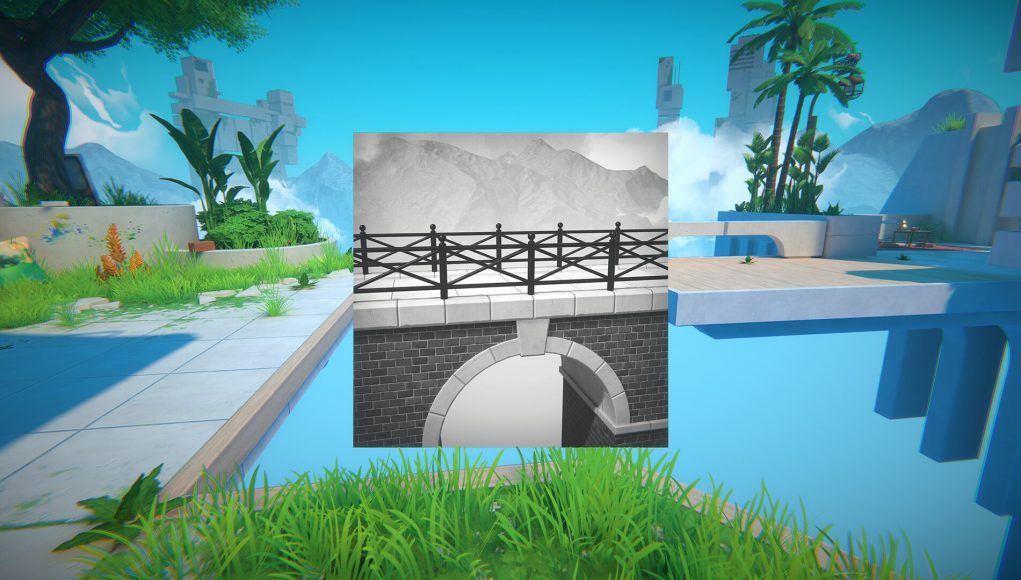Viewfinder launched today across PlayStation 5 and Steam, bringing its perspective-shifting first-person puzzling to traditional monitors. Ever since we saw the demo pop up on Steam earlier this year though, it was pretty apparent the mind-bending indie title would make for a great VR game. If you were hoping for VR support though, you’re probably out of luck.
“We did some prototyping of a VR version a while back – it was interesting, but there’s definitely some challenges to solve with things like forced perspective,” Sad Owl Studios developer Jacob Keane tells Road to VR. “It’s likely if we do a VR version it’ll be a slightly different game, similar to how SUPERHOT and SUPERHOT VR are different games, rather than a straight port.”
If the team does decide to go the SUPERHOT VR route—i.e. creating an entirely new game that borrows assets and mechanics, but created specifically for VR headsets—it would allow them to better integrate VR-native mechanics from the ground-up, and also optimize how the game’s perspective-shifting gameplay works when rendered for stereoscopy, and not flatscreen.
When asked what Keane thought of playing the PC game with VR modding software such as VorpX, it wasn’t exactly recommended.
“I cannot imagine vorpx is going to be a nice experience with this game (worse than usual!) due to the whole.. perspective issues, and the bunch of weird rendering tricks we do,” Keane says.
While there’s no VR support in sight for what promises to be a fairly successful entry into the puzzle genre—it’s already garnered critical acclaim from IGN, GameSpot, and the Guardian to name a few—at least there’s hope for a proper VR title at some point in the future.







